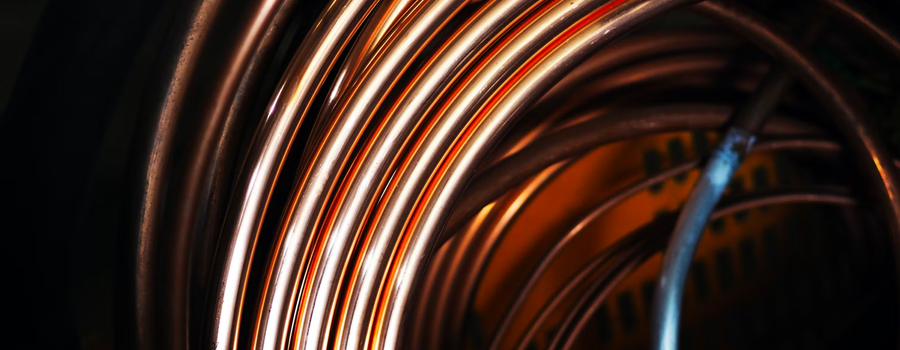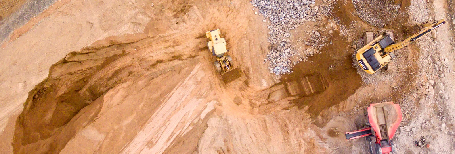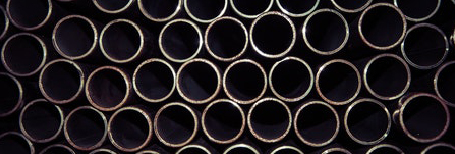
non-ferrous metals in a narrow sense are the general term of all metals except iron, manganese and chromium. non-ferrous metals in a broad sense also include non-ferrous alloys.
non-ferrous alloy is an alloy formed by taking a nonferrous metal as a matrix (usually more than 50%) and adding one or several other elements. non-ferrous metals generally refer to all metals except iron (and sometimes manganese and chromium) and iron-based alloys. non-ferrous metals can be divided into heavy metals (such as copper, lead and zinc), light metals (such as aluminum and magnesium), precious metals (such as gold, silver and platinum) and rare metals (such as tungsten, molybdenum, germanium, lithium, lanthanum and uranium).
non-ferrous metals are the basic materials for the development of national economy. because their strength and hardness are generally higher than that of pure metals, their resistance is larger than that of pure metals and low resistance temperature coefficient, they have good comprehensive mechanical properties and are widely used in daily life. most industries, including aviation, aerospace, automobile, machinery manufacturing, electric power, communication, construction, home appliances and so on, are based on non-ferrous metal materials, and their materials are also diverse and complex.
with the rapid development of modern chemical industry, agriculture , science and technology, non-ferrous metals play an increasingly important role in human development. it is not only an important strategic material and important means of production in the world, but also an important material of indispensable means of consumption in human life. therefore, non-ferrous metal detection is also a very important work, including thousands of detection items of hundreds of detection standards.

non-ferrous metal inspection services provided by the noa group include but are not limited to:
1.physical performance and chemical composition testing, identification of unknown brand, grade determination of stainless steel, nondestructive testing of materials and material certification
2.metal composition analysis, element test, five element test and total element analysis, providing brand identification service and stainless steel grade determination
among them, there are mainly tests and analyses on copper plate, copper strip, electric park copper rod, copper pipe material, copper wire, copper ingot, copper powder, aluminum plate, aluminum strip, aluminum profile, aluminum foil, aluminum rod, aluminum ingot, monocrystalline silicon sheet, rare earth metal and its chloride, oxide, agricultural rare earth, tin lead solder, high-purity indium, metal molybdenum and processing materials, titanium and titanium alloy materials, nickel, platinum catalyst, etc. the relevant tests and analyses involve chemical composition analysis, mechanical property inspection, process performance test, metallographic structure test, material density test, particle size analysis, electrical performance test, nondestructive testing, material failure analysis, material crystal structure, phase structure and phase distribution, interface structure and layer structure, crystal orientation, texture, material surface corrosion resistance test, coating thickness, coating color, coating color difference, coating gloss, coating hardness, coating adhesion, coating impact resistance test, coating solvent resistance test, coating acid resistance test, coating alkali resistance test, coating moisture resistance test, coating heat resistance test and coating aging (weathering) performance test.
(1) light metal: the density is less than 4500 kg / m3 (0.53-4.5g / cm3), such as aluminum, magnesium, potassium, sodium, calcium, strontium, barium, etc
(2) heavy metals: the density is more than 4500 kg / m3 (4.5g / cm3), such as copper, nickel, cobalt, lead, zinc, tin, antimony, bismuth, cadmium, mercury, etc
(3) precious metals: they are more expensive than commonly used metals, with the characteristics of low crustal abundance, difficult purification and stable chemical properties, such as gold, silver and platinum group metals
(4) semi metallic properties are between metals and nonmetals, such as silicon, selenium, tellurium, arsenic, boron, etc
(5) rare metals: including rare light metals, such as lithium, rubidium, cesium, etc; rare refractory metals, such as titanium, zirconium, molybdenum, tungsten, etc; rare dispersed metals, such as gallium, indium, germanium, etc; rare earth metals, such as scandium, yttrium and lanthanide metals; radioactive metals, such as radium, francium, polonium and uranium and thorium in the arabian elements
(1) non-ferrous smelting products: refers to all kinds of pure non-ferrous metal or alloy products obtained by smelting
(2) non-ferrous processed products (or deformed alloys): refers to various colored semi-finished materials such as pipes, handles, wires, shapes, plates, foils, strips and strips produced by mechanical processing
(3) cast nonferrous alloy: refers to mechanical parts of various shapes formed by direct casting of nonferrous metal materials by casting method
(4) bearing alloy: refers to the non-ferrous metal material used to make sliding bearing bush
(5) hard table metal: refers to a kind of hard tool material made of refractory hard metal compound (such as tungsten carbide and titanium carbide) as the matrix, drill, iron or nickel as the binder, and powder metallurgy method (or the method of casting). it is characterized by better red hardness and wear resistance than high-speed tool steel, such as tungsten cobalt alloy, tungsten drill thorium table metal and general hard alloy
(6) solder: refers to the non-ferrous alloy used for welding metal parts
(7) metal powder: refers to powdered non-ferrous metal materials, such as magnesium powder, aluminum powder, copper powder, etc.






tel: 86-400 821 5138
fax: 86-21 3327 5843
email:noa@noagroup.com